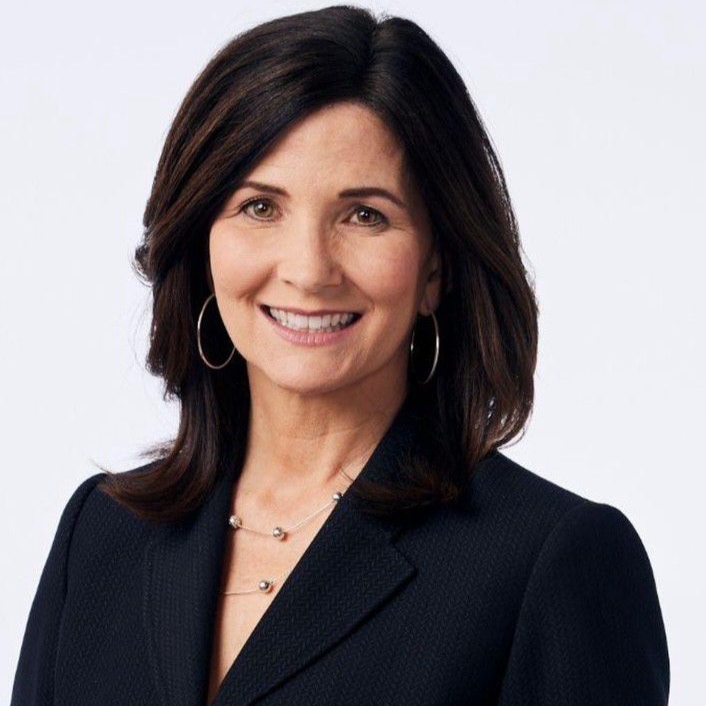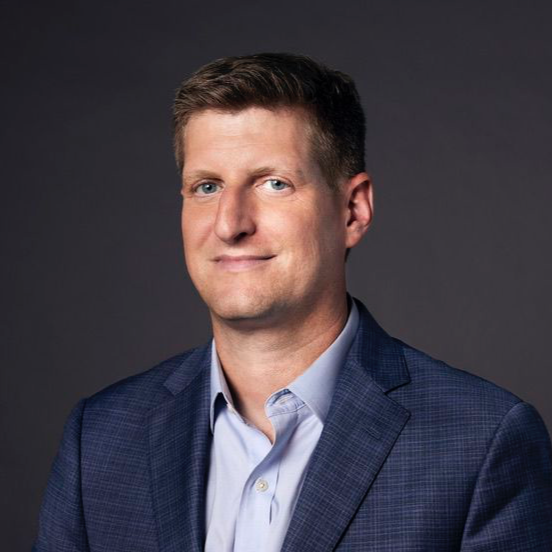
If you feel like you can’t blink without seeing a campaign ad, you’re not alone.
Television and radio ads have flooded Georgia this election season, with more than $150 million spent or reserved so far on airtime for the state’s two U.S. Senate races. Both President Donald Trump and Joe Biden are also peppering the airwaves with ads, as are down-ticket candidates eager for a slice of attention.
And candidates and their allies are seeking new ways to attract eyeballs during a pandemic that has limited what they can do on the campaign trail. It’s one reason why an outside group backing U.S. Sen. David Perdue’s campaign plans to spend $5 million on digital videos aimed solely at undecided voters.
It’s only going to get more intense. Perdue and Democrat Jon Ossoff, along with their allies, have unleashed at least $110 million in airtime so far in that race. That includes $22 million from the Senate Leadership Fund, a Republican-backed outfit that’s spent more money attacking Ossoff than just about any other candidate in the nation.
And while the $40 million spent on the wild special election for U.S. Sen. Kelly Loeffler’s seat seems tame by comparison, that total will skyrocket by the end of the race — particularly when the contest moves toward an expected January runoff between the two top finalists.
Trump started airing ads in Georgia back in June — a move that raised eyebrows and offered a prelude of his defense of the state. Since then, both presidential campaigns have traded blows on Georgia’s airwaves, including a trio of TV spots this week by Biden’s campaign that make a direct appeal to Black voters already likely to support his bid.
Until now, the most expensive race in Georgia history was the brutal back-and-forth in 2018 between Gov. Brian Kemp and Democrat Stacey Abrams, which surpassed the $100 million mark. With the pandemic forcing campaigns to rewrite their strategies, that figure might seem quaint when the final tally for 2020 arrives.
Although television advertising is by far the most expensive form of campaign advertising, it’s also the most efficient way to reach a large number of voters, said Erika Franklin Fowler, co-founder of the Wesleyan Media Project, a center at Wesleyan University that tracks advertising in federal elections.
All told, Georgia ranks third in the nation for U.S. Senate ads, behind only North Carolina and Colorado, according to the project.

“The other thing that we have going this year is obviously a pandemic where more people are at home and have opportunities to watch TV, so it’s certainly a venue that is going to be highly used,” Fowler said.
Deep pockets
According to figures compiled by media strategist Rick Dent, Republicans have outspent Democrats by a solid margin in the Perdue race: About $61.6 million has been spent on pro-Perdue ads, while roughly $50.2 million boost Ossoff’s bid.
The numbers, which include future ad buys that could change, exclude other spending on the contests, such as personnel costs and digital efforts.
Perdue and Ossoff are no strangers to setting records. Perdue’s 2014 election set the last U.S. Senate spending record in Georgia, when he bested Democrat Michelle Nunn for an open seat. Meanwhile, Ossoff’s 2017 special election bid for Congress attracted $60 million, making it the most expensive U.S. House election of its kind at the time.

Loeffler’s campaign has shelled out about $17 million so far in her bid to fill the remaining two years of retired U.S. Sen. Johnny Isakson’s term, including a viral ad touting her as “more conservative than Attila the Hun.” Loeffler, a former financial executive self-financing her bid, is set to spend at least $2 million more on airtime.
She’s got other deep-pocketed supporters. Chief among them is the newly formed Georgia United Victory PAC, which has shelled out nearly $7 million to promote her bid. The outside group has deep ties to Kemp, whose top aide recently resigned to work for the initiative.
Her main Republican adversary in the free-for-all race, U.S. Rep. Doug Collins, has a fraction of that bankroll at his disposal. He’s spent or reserved at least $1.3 million on airtime.
Raphael Warnock, the Democratic front-runner in the contest, has spent or reserved at least $9 million on TV ads. That far outpaces two other Democrats lagging in the polls. Matt Lieberman has spent about $140,000 so far, while Ed Tarver devoted about $20,000 for ads. Neither has reserved significant future airtime.
‘On repeat’
So what does all this advertising look like to average Georgians just living their lives? An avalanche of airtime.
Claire Dakhlia, 22, is a recent Emory University graduate who says she rarely watches television. But even she knows which candidates are running which ads and exactly what the ads say, thanks to her sports-loving roommate.
“When he’s watching golf or football on television, I hear constantly ‘Ossoff,’ ‘Warnock,’ ‘Loeffler’ just on repeat,” Dakhlia said.
And if you’re sick of political ads bombarding you while you’re just trying to relax in front of your favorite show? Bad news.
“Typically, we only see advertising increase sort of exponentially as we head toward Election Day,” Fowler said. "So I think all else equal, that’s what we should expect "



